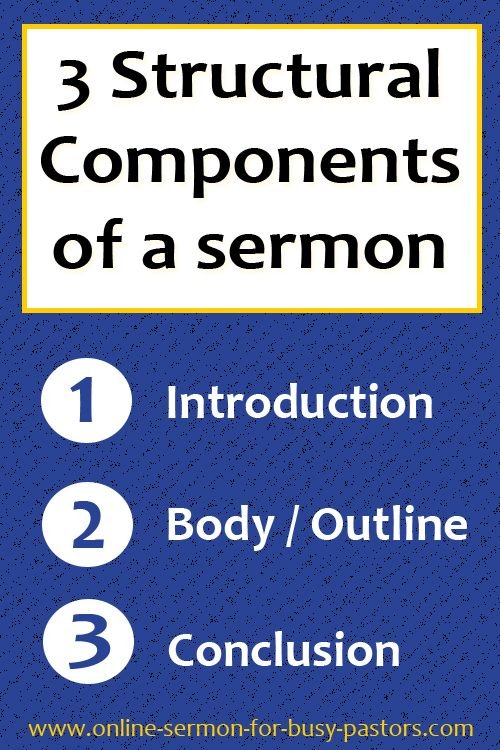
INTRODUCTION.
Introduction may be defined as all that precedes the real discussion of the subject, and which is fitted to secure the favorable attention of the hearer to the speaker and his theme. Introduction is of very important to the sermon. A.M. Hills compared it with the opening moments of a battle which may decide the fate of a nation. A preacher by a wise and skillful introduction may grip the attention of his audience.
Paul gave a favorable introduction to the speech the delivered at Athens “Ye men of Athens, I perceive that in all things ye are very religious’. He was able at the end of the sermon to win a good number of converts.
The first appearance of the preacher is a sort of introduction to the sermon. Dr. Patterson contends that a preacher’s manner, his tones, his attitude even serve to introduce him to his hearers and enlist their interest in him.
Dr. Patterson believes that the preacher may repel or attract his audience before he start to speak to them. . “let him take a graceful and dignified posture, let him avoid all gesture at first, let him be courteous, conciliatory and respectful in tone and almost before he has opened his subject he has gained the first step which counts for so much”. (In other words he has gained his audience).
QUALITIES OF THE INTRODUCTION:
- It should be brief. An introduction should not be long. It should bear a modest proportion of the sermon. Dr. Jowett suggests 150 words or less is quite enough to introduce sermon. According to Dr. Patterson, 5 minute out of 30 allotted to the sermon should be ample for the introduction. He suggested 15 minute more for the whole sermon of an experienced preacher and 2 or 3 minute to introduce the theme.
Relevancy to the subject of address or the occasion which calls for it or the circumstances which gave rise to the text is also essential. It is inappropriate to give anything that is foreign to the purpose of the sermon. All silly personal remarks, jokes and trifling words that is wholly out of place is ruled out.
Naturalness and simplicity. Artificiality is not permitted. The introduction must be informative also. It should not be a meaningless, empty, foolish, gurgle of words. It should be characterized by a serious and dignified simplicity. There should be no extravagance of expression.
- Harmony of voice with the language of the preacher. It should be conversational in tone, clear, calm, distinct and deliberate. The preacher should endeavor not to start on a high note. It usually leads to an incoherent utterance. It also destroys voice and health.
THE BODY.

This is an impressive and systematic arrangement of thoughts that will inspire the hearers. There are preachers that preach without divisions. They began anywhere and ended nowhere. The preacher must have method and logical sequence in his thinking so that he will have distinct divisions to his sermon. Messages that will change life must move forward from a wise beginning, step by step to a foreseen and expected end. The following are the reasons for the divisions of sermon:
It save the preacher from mental rambling and holds him to a definite line of thought.
It helps in sermon construction. It enables him to think constructively, by developing one point or truth of text at a time. He forms the habit of logical thinking and writing. A faulty and illogical outline will insure a faulty and ineffective sermon. The logical and trained minds in the preacher’s audience will be offended and recent any error in preacher’s reasoning or conclusions.
It helps in sermon delivery. All parts of the skeletons are intimately and naturally related. The reason, memory, and imagination work together to reproduce the sermon.
It arrests the attention of the hearer. It makes them feel that there is a preacher before them who has trained intellect who gives them something to think about. Steady church goers soon become thoughtful and intelligent people.
It aids the memory of the hearer. The human mind was created on a plan. It works systematically and logically. It helps the hearer to retain the points of the sermon. The points stick and stay.
DEVELOPMENT OF THE BODY.
After securing an appropriate outline for the body divisions, the body of the sermon must be developed. The skeleton must be clothed with the living body.
According to A.M. Hills “the first thing in developing the sermon out of the plan is to develop the line of thought in the divisions”. The development of the body may be done through an earnest prayerful study and meditation. The preacher must read the test thoroughly. Moreover he must read and digest all he can find about his theme in other to have a thorough knowledge of the subject. This will enable him to have sufficient idea to express.
CONDITIONS FOR SUCCESSFUL DEVELOPMENT.
Have at hand a super abundance of material. Poverty of materials may lead to famine of thought. This will affect the development.
Relevancy of material, any material that has no bearing on the subject must not be admitted.
Logical connection and continuity of thought between the different parts of the discourse. There must be an essential order of thought. The idea expressed in point one must be related to point two. There should be unity in the development of all pulpit discourse. There must be a constant progress. Every new sentence should be a step in advance of the last and a preparation for the next to come.
4.The development of the outline must be sufficiently adequate to make the truth understood and to produce the desired effect.
THE CONCLUSION.

This part of the sermon is of paramount importance. The preacher must plan to get decisions at the end of the message. As the introduction starts the battle, so the conclusion should be the final assault that decides the issue.